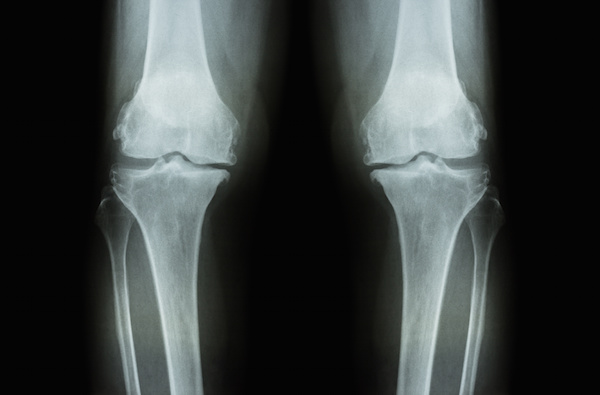Ankle sprains are extremely common in both the sporting and non-sporting worlds, with 70% of Australian’s reporting a history of ankle sprain during their lifetime. It has long been regarded as a harmless injury with very few individuals following a rehabilitation program after injury. However current research indicates that the pain, swelling and ligament damage that occurs with ankle sprains result in reduced functional capacity and the potential for the development of chronic ankle instability.
Research conducted back in 1995 demonstrated that 25-50% of first time ‘sprainers’ went on to develop functional instability or the inability to control the position of their ankle within normal range. This increases the risk of future sprains, can change the way other joints in the lower limb (such as the knee and hip) are loaded and may affect the activities and sports that individuals can play comfortably.
Thankfully, research also demonstrates that with correct acute management, followed by a 8-14 week progressive exercise program individuals can regain good stability in their ankle and dramatically reduce the risk of future complications.
Initial ankle sprain management should follow the PRICER acronym: Protection, Rest, Ice, Compression, Elevation, Referral. Physiotherapy can assist in this early stage with taping, compression, manual therapy techniques to reduce soft tissue and joint stiffness and providing guidance on a safe level or early movement and activity.
Once pain and swelling have reduced, strength, flexibility and proprioceptive exercises can be progressed appropriately to regain that normal level of control around the ankle. Further muscles higher up in the kinetic chain such as around the hips can be assessed to identify whether any weaknesses or imbalances exist that predispose the individual to ankle sprains.
Call us on 80656902 for a comprehensive rehabilitation program to ensure safe return to sport, work and daily activity demands






